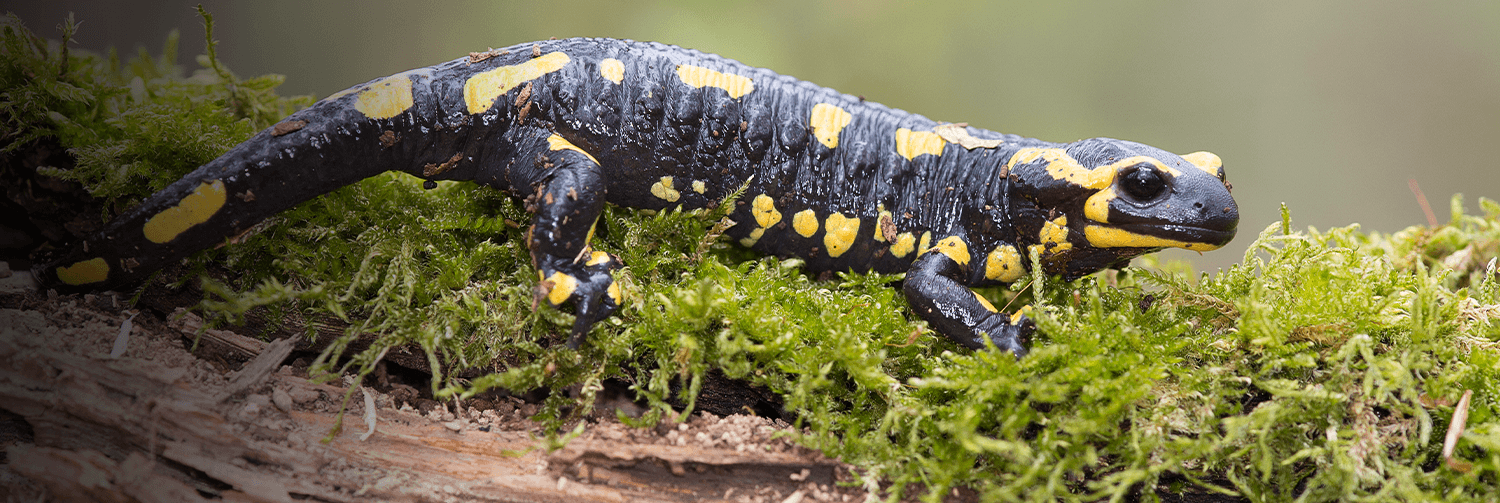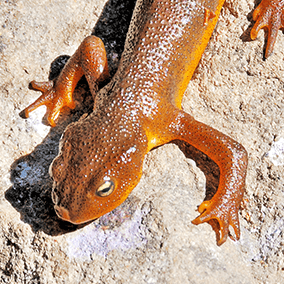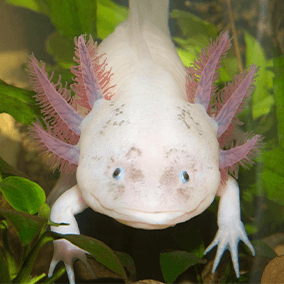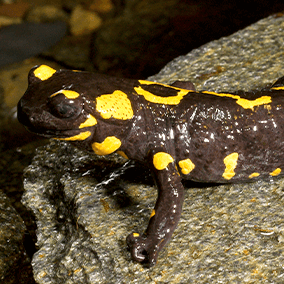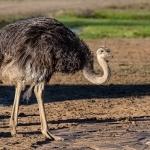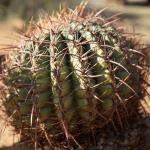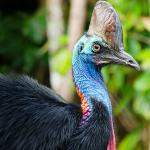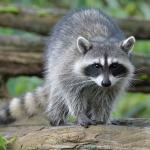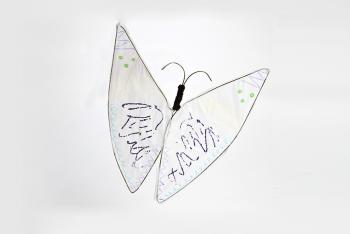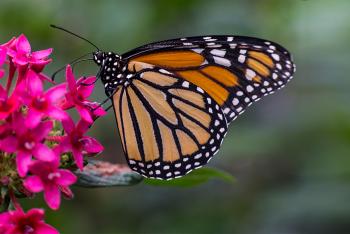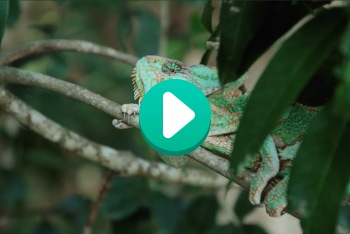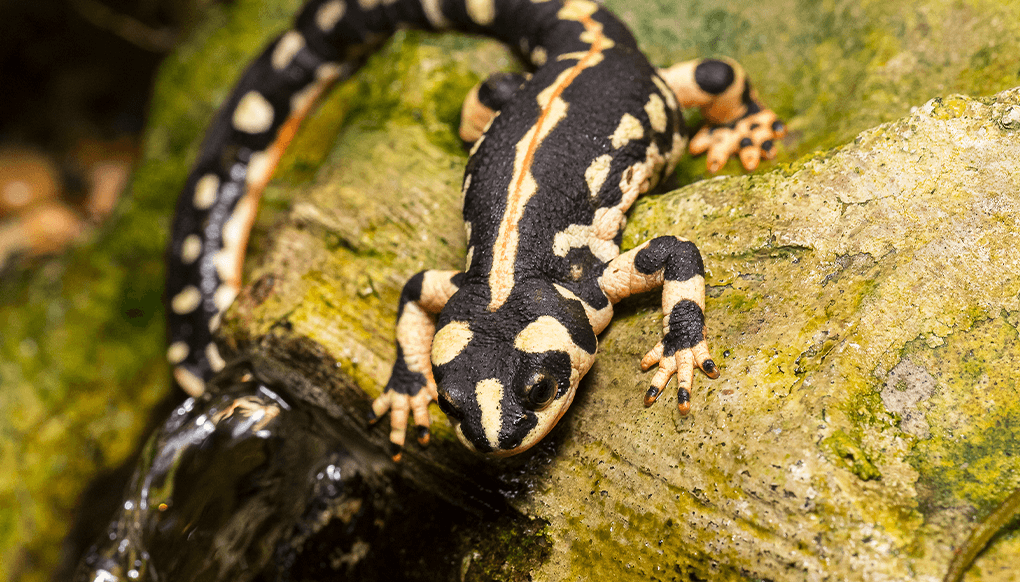
Salamander and newt

Amphibians


Some Endangered
facts

Salamanders tend to eat slow-moving, soft-bodied creatures such as earthworms, slugs, and snails.

description
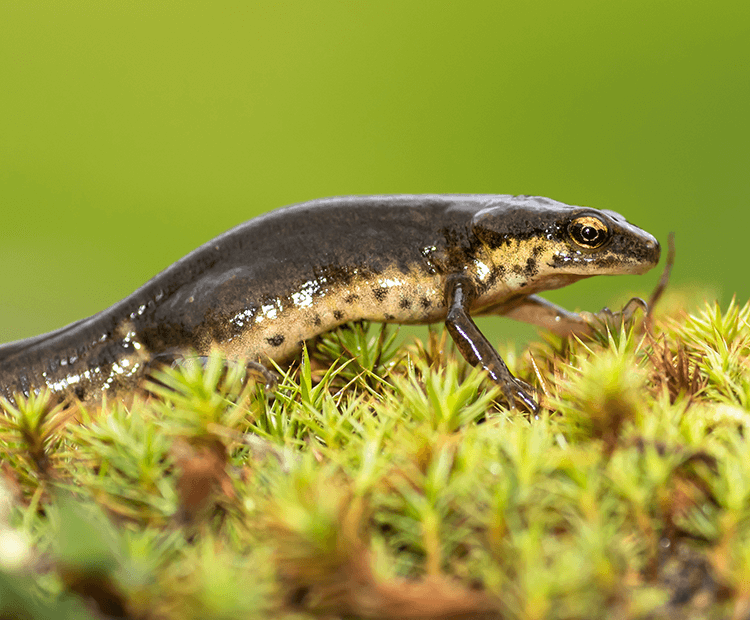
Is a newt a salamander?
Yes, but a salamander is not always a newt. Confused? The word "salamander" is the name for an entire group, or scientific order, of amphibians that have tails as adults. This includes amphibians commonly known as newts and sirens. Most salamanders look like a cross between a lizard and a frog. They have moist, smooth skin like frogs and long tails like lizards. "Newt" is sometimes used for salamanders that spend most of each year living on land. The name "siren" is generally given to salamanders that have lungs as well as gills and never develop beyond the larval stage.
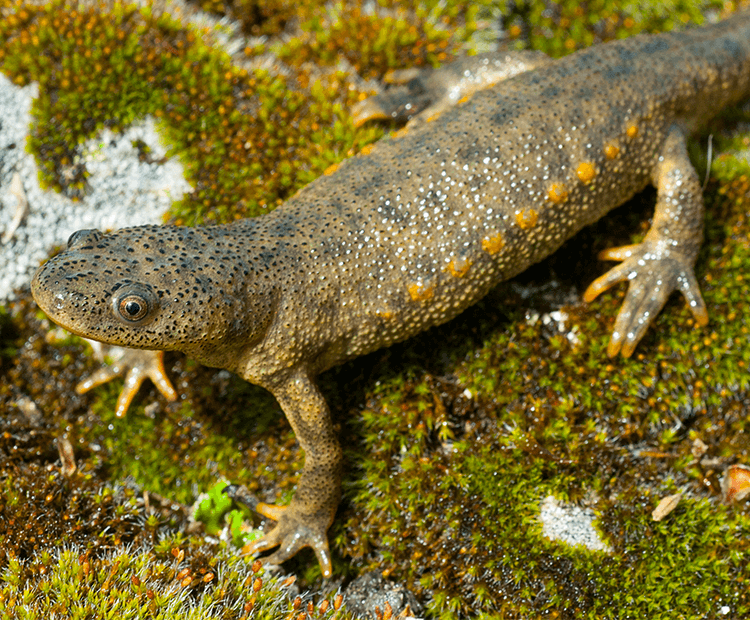
Small feet
Most salamanders are small, and few species are more than 6 inches (15 centimeters) long. Sirens have only two legs, but the other salamander species develop four legs as adults, with fleshy toes at the end of each foot. Some species, like paddle-tail newts, have fully webbed feet with very short toes for their aquatic lifestyle. Those that like to dig and are less aquatic, such as the tiger salamander, have no webbing at all on their feet.
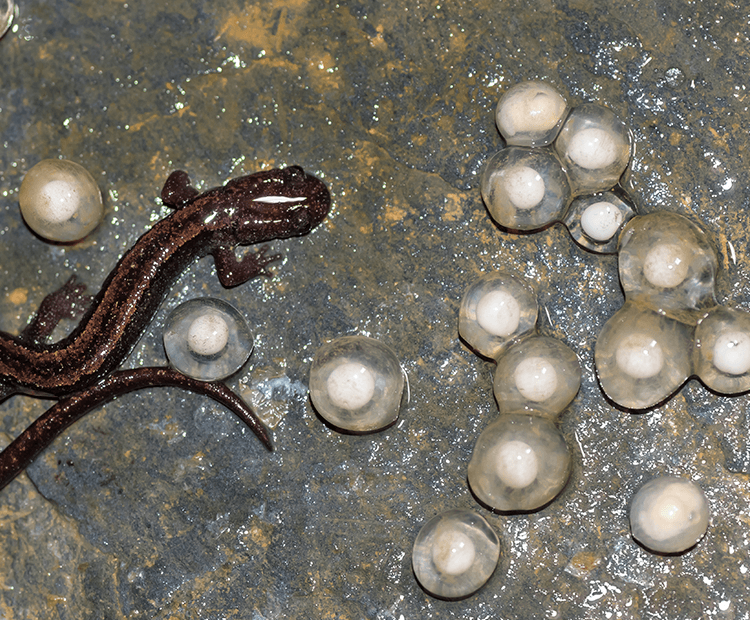
Egg watch
Most salamanders hatch from eggs. Female salamanders that live entirely in the water lay more eggs (up to 450) than those that spend some time on land. The California newt lays a clump of 7 to 30 eggs on underwater plants or exposed roots. The eggs are protected by a toxic, gel-like membrane. Lungless salamanders such as the spiny salamander are devoted parents that share egg-guarding duties. They curl their body around the eggs and turn them over from time to time. This protects the eggs from predators and fungal infections.
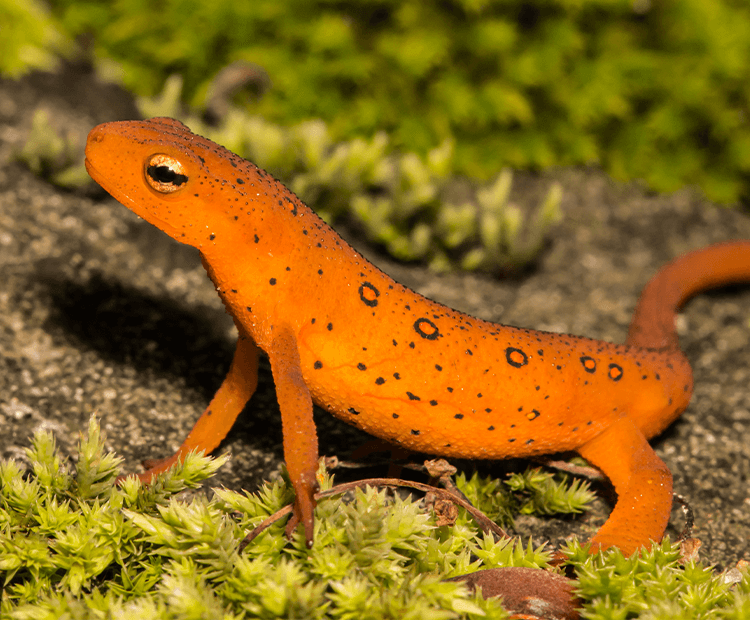
Protection from predators
Would you want to eat something that tasted awful or hurt your mouth? Probably not! Salamanders have some special ways to keep from becoming a predator’s next meal. Most salamanders, such as the red-spotted newt, have brightly colored, poisonous skin. The bold color tells predators that the newt is not safe to eat. Many salamanders have glands on the back of the neck or on the tail. These glands can secrete a poisonous or bad-tasting liquid. Some salamanders can even shed their tail during an attack and grow a new one later.

